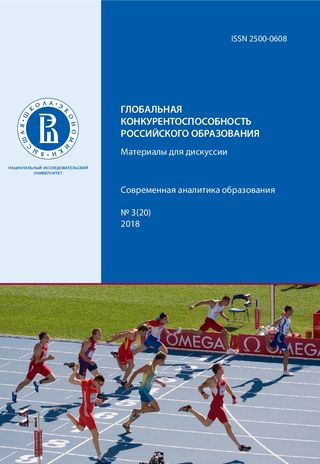?
Глобальная конкурентоспособность российского образования. Материалы для дискуссии
On May 7th, 2018, enhancing the global competitiveness of Russian education was declared a national goal for the development of education. In light of this situation, the purpose of this analytical report is not only to offer an outlook of Russia’s positions in various international monitorings, seen as the most obvious indicators of global competitiveness. This analytical work also critically analyzes various aspects of the development of Russian education, comprehended from the international comparative perspective. Moreover, in each level of education it observes existing methodological approaches to determining the global competitiveness, with full account of the specifics, existing in the particular sector. The presented report is a first step in discussions about 105 indicators and methodology for assessing a national education system from the point of global competitiveness. Without solving this problem, it is impossible to choose directions for concentrating efforts to develop education in times of scarce resources. The analytical report will be of interest not only for researchers and practitioners from the sphere of education, but also for all those who are interested in the ways of development of Russia as part of the global world.
